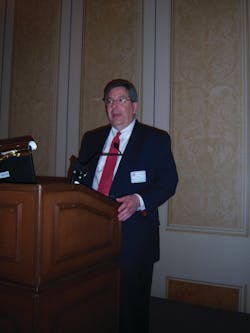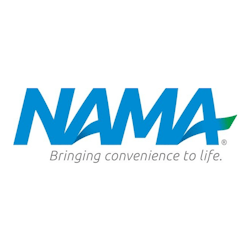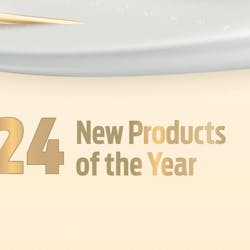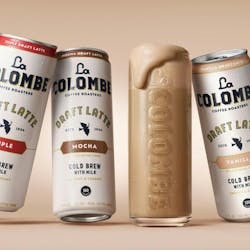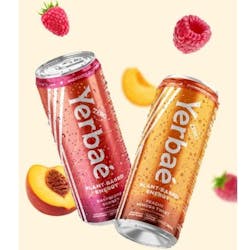Attendees to the National Automatic Merchandising Association (NAMA) OneShow in Las Vegas received an update on what measures the beverage industry is taking to make sure the industry is not saddled with unfair taxes. Steve Lodge, director of outreach, special projects and government affairs for the American Beverage Association, gave an update on soda tax threats and new energy requirements in vending machines during the government affairs symposium.
Lodge spent the majority of his time reviewing the association’s efforts to prevent taxes proposed by parties that want to tax the beverage industry to cover costs associated with rising obesity. He said it is important that the industry maintain its vigilance in responding to these proposals since the media is largely sympathetic to them. He offered a sampling of media headlines from the last year that supported his point.
Lodge said soda taxes are wrong for the following reasons: 1) they don’t reduce obesity; 2) they threaten jobs, 3) they are regressive, meaning they place a disproportionate burden on lower income consumers; 4) they hurt family budgets, 5) they intrude on personal choice, and 6) they are opposed by the majority of the public.
“The facts show soda and other sugar sweetened beverages are not driving obesity,” Lodge said. He further noted that beverage calories per serving, calories served in schools and soda consumption overall have all declined while youth obesity has increased.
Sourcing the Center for Disease Control, Lodge said 2010 data found that only 7 percent of average daily calories come from soda. “So why go after just sugar sweetened beverages?” he asked.
Lodge claimed a survey found that 59 percent of consumers oppose soda taxes. Another survey showed 86 percent of respondents oppose the government dictating food and beverage choices.
A coalition against a proposed national soda tax was formed in 2009, Lodge said. At the time, some politicians were calling for a soda tax to pay for health care reform. NAMA belonged to this coalition, which succeeded in removing this proposal from the health care reform law.
While the national soda tax proposal died, local and state governments have since proposed soda taxes, Lodge said. The number of tax proposals at the state level has decreased since 2010. He said this most likely is due to the fact that this is an election year.
If the election has made lawmakers reluctant to propose new taxes, Lodge said there is a possibility the proposals will emerge more forcefully in 2013 when the election is no longer a factor. Hence, he said the industry must continue to respond to such proposals.
“We’ve been successful in fighting off taxes,” he said.
Lodge noted that taxpayer funds under the federal jobs stimulus bill were used to support some anti-obesity initiatives. In response, he said a bill has been introduced in Congress to prevent this.
Lodge pointed out that the beverage industry has not washed its hands of the need to address rising obesity. Besides opposing taxes, the industry has supported numerous efforts to promote healthy lifestyles.
The industry has supported voluntary guidelines to remove full-calorie soft drinks from all schools and replaced them with more lower-calorie, smaller-portion options. (Automatic Merchandiser has reported that under these voluntary guidelines, only juice, low-fat milk and water are allowed in elementary and middle schools, with the addition of lower-calorie and portion-controlled beverages in high schools.)
Through the guidelines, Lodge noted the industry drove an 88 percent reduction in beverage calories shipped to schools.
Lodge said the ABA has also committed $10 million to support a health initiative at Children’s Hospital of Philadelphia and has also funded grants to the U.S. Council of Mayors to support best health practices.
He then turned to energy rules for new cold beverage machines. He noted that a new set of Department of Energy (DOE) rules will soon apply to new refrigerated beverage machines. (Automatic Merchandiser has reported that manufacturers of beverage vending machines must bring their designs into compliance by Aug. 31, 2012 to continue to distribute them.)
Lodge noted that the DOE rules, unlike the Energy Star rules, are mandatory and not voluntary.
Lodge then returned to a topic addressed earlier in the government affairs symposium; vending machine reach requirements under the Americans With Disabilities Act (ADA). Lodge, echoing the previous speaker, attorney Carolyn Doppelt Gray, said the new side reach rules (approved in 2010 and effective March 15, 2012) must be followed when a vending machine is replaced, moved or structurally altered. “The minute you alter something (in the machine), it has to follow 2010,” Lodge said.
Lodge said repairing a machine would not be considered an alteration.
